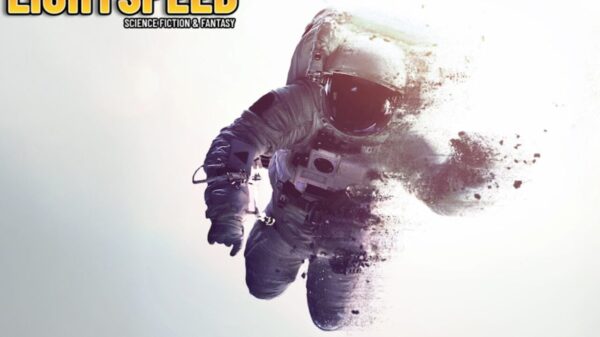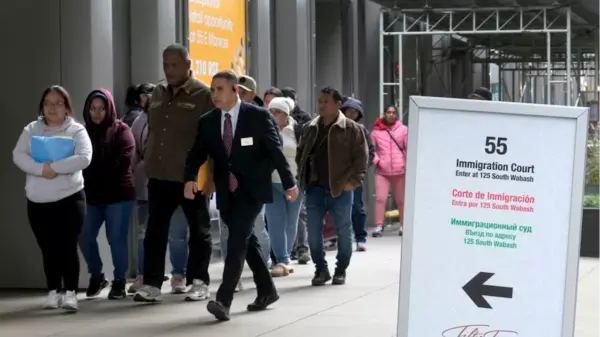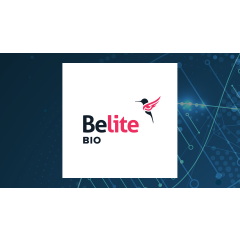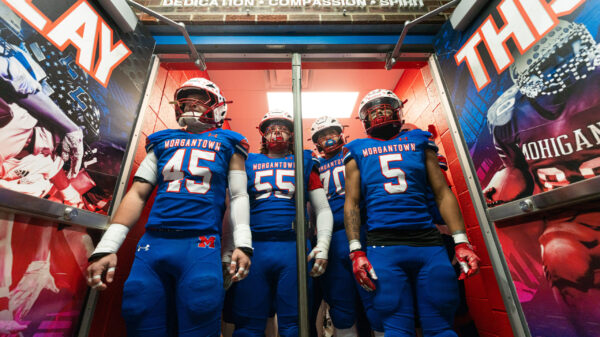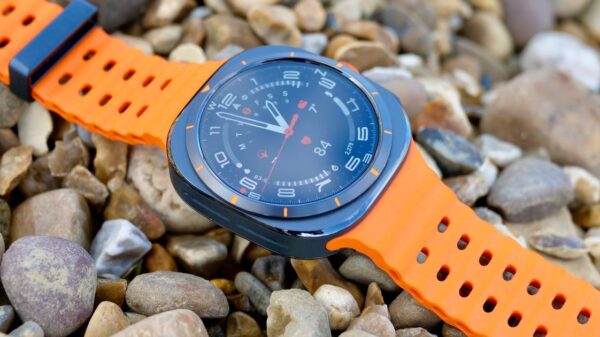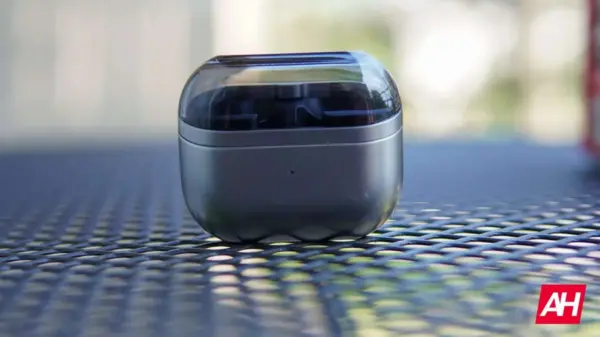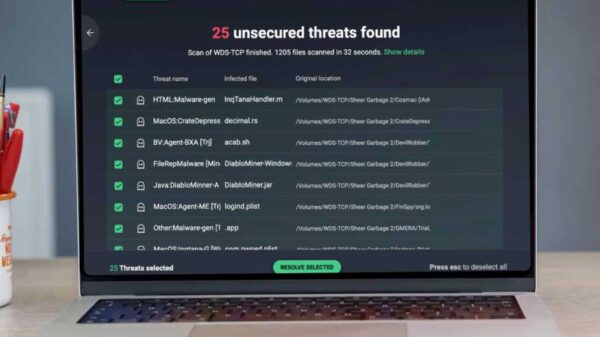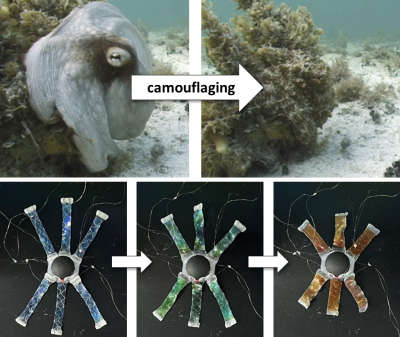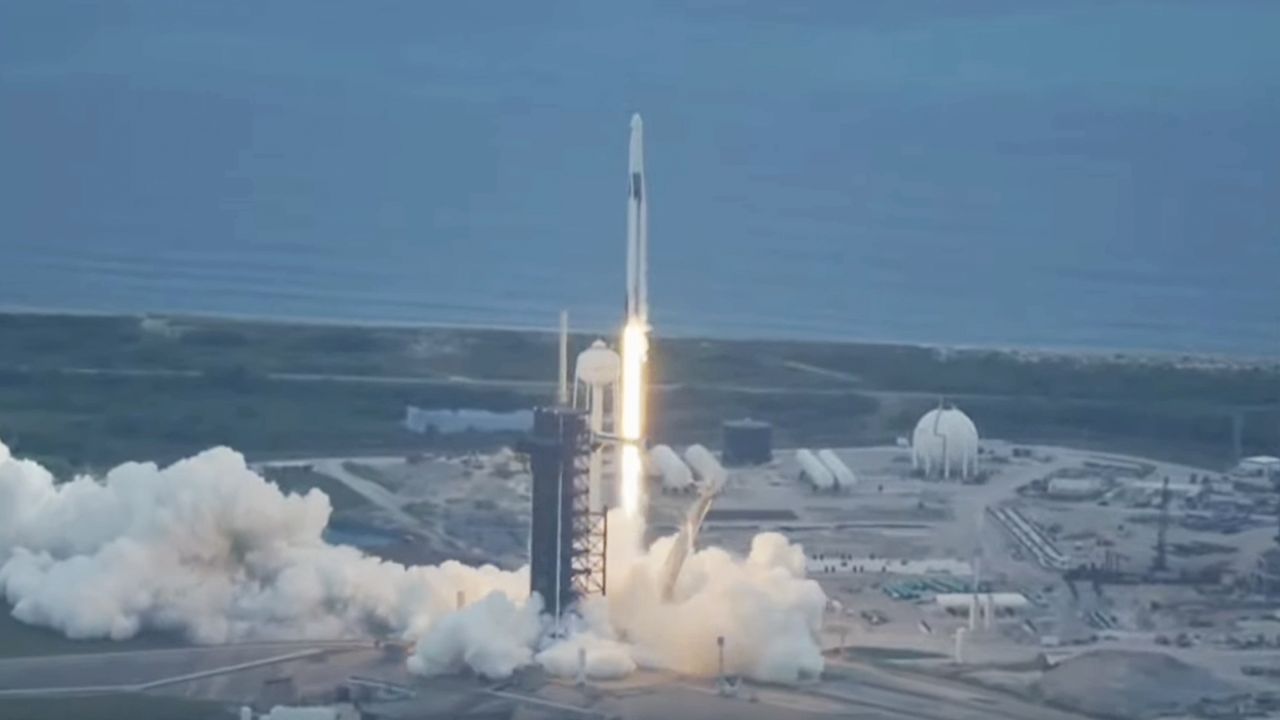SpaceX launched its eleventh operational astronaut mission for NASA on August 1, 2025, successfully sending the Crew-11 astronauts toward the International Space Station (ISS). A Falcon 9 rocket lifted off from Launch Complex 39A at NASA’s Kennedy Space Center (KSC) in Florida at 11:43 a.m. EDT (1543 GMT). The launch vehicle carried the Crew Dragon Endeavour spacecraft, marking its sixth flight, a record for reuse among Crew Dragon vehicles.
The mission experienced a delay from its initial launch date of July 31, 2025, when inclement weather forced a scrub of the countdown just one minute before liftoff. Following the successful ascent, the Falcon 9 booster landed back at SpaceX’s Landing Zone 1 (LZ-1) at Cape Canaveral Space Force Station, producing a loud sonic boom that resonated for miles. Notably, this landing marks the final operation at LZ-1, which will be retired following a lease agreement with private companies, including Phantom Space and Vaya Space.
Crew Composition and Mission Details
The Crew-11 team comprises four astronauts: NASA’s Zena Cardman and Mike Fincke, Kimiya Yui from the Japan Aerospace Exploration Agency (JAXA), and Oleg Platonov representing Russia’s space agency, Roscosmos. This mission is particularly significant for Cardman, who is making her inaugural journey into space. She was initially slated for the Crew-9 mission but was removed to accommodate NASA astronauts Butch Wilmore and Suni Williams.
Mike Fincke, a veteran astronaut, is taking on the role of pilot for Crew-11, marking his fourth journey to space. He has previously flown three missions to the ISS and expressed excitement about sharing this experience with his crewmates, especially those on their first trip. Fincke noted, “I remember how moving it was, and how breathtaking it was for me, and I want to share their joy in that.”
Kimiya Yui returns to space for his second mission after spending 142 days aboard the ISS during Expedition 44/45 in 2015. Oleg Platonov, participating in his first flight, serves as a mission specialist.
Upon docking with the ISS, scheduled for 3 a.m. ET (0700 GMT) on August 2, Crew-11 will relieve the Crew-10 astronauts, who have been aboard since March 2025. This overlap is part of NASA’s standard procedure to ensure a continuous presence on the ISS, facilitating the transition of science experiments, maintenance tasks, and station operations.
Scientific Endeavors in Orbit
The Crew-11 astronauts will spend approximately six months conducting various scientific experiments aboard the ISS. Their research will focus on simulating lunar landings near the moon’s south pole, investigating methods to protect astronauts’ eyesight from microgravity effects, and studying plant cell division in space. Additional experiments aim to increase the production of human stem cells and generate on-demand nutrients.
NASA is considering extending Crew Dragon missions to eight months, as indicated by Dana Weigel, the International Space Station Program Manager. “We’re looking at that right now for the Dragon flights, and so we are looking at the potential to extend this current flight, Crew-11,” Weigel stated during a prelaunch press conference.
In addition to Crew-11’s scientific missions, the arrival of the Roscosmos Soyuz MS-28 mission is expected in November 2025, which will include NASA astronaut Chris Williams and cosmonauts Sergey Kud-Sverchkov and Sergei Mikaev. A Northrop Grumman robotic resupply spacecraft is also anticipated to launch and dock during Crew-11’s stay.
SpaceX’s Crew-11 marks the twelfth flight under NASA’s Commercial Crew Program, which aims to partner with private companies for astronaut transportation to and from the ISS. The program is pivotal for maintaining a robust human presence in low Earth orbit, advancing scientific research and international collaboration in space exploration.



